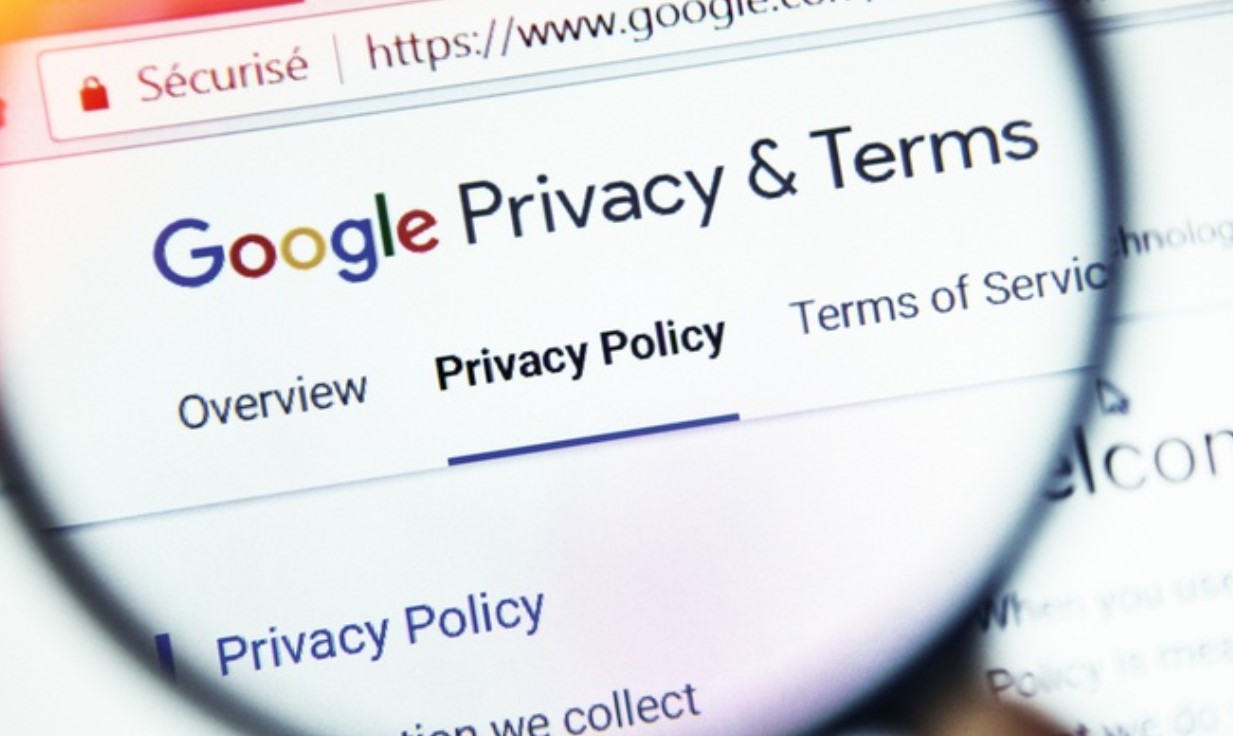In today’s digital age, video content is everywhere—from TikTok dances to YouTube tutorials. But with great video comes great responsibility, especially when it comes to video privacy. Have you ever thought about how to protect video privacy online? If not, you might want to buckle up, because understanding video privacy concerns is not just for tech wizards or content creators—it's essential for everyone. In this article, we'll dive into the nitty-gritty of video privacy issues, explore best practices for video privacy settings, and even touch on the impact of video privacy on user trust. So grab your popcorn, and let’s get started!

The Rise of Video Content and Privacy Concerns
With platforms like Zoom and Instagram Live taking center stage, video content is more accessible than ever. But this explosion of video brings a slew of privacy concerns.
-
Data Breaches: Just last year, a popular video conferencing app suffered a major data breach, exposing millions of users' personal information. Yikes! This kind of incident raises eyebrows about how secure your data really is when you share video content.
-
User Consent: Did you know that many users are unaware that their video feeds can be recorded without their consent? This lack of awareness can lead to serious privacy violations.
A Case Study: The Zoom Boom
Remember when Zoom became the go-to tool for everything from business meetings to birthday parties during the pandemic? Despite its popularity, Zoom faced backlash over its privacy practices. In 2020, it was revealed that the app had been sharing user data with third-party companies without proper disclosure. This incident highlighted the importance of understanding video surveillance privacy laws and how they apply to video conferencing platforms.

Best Practices for Video Privacy Settings
Now that we’ve set the stage, how can you ensure your video privacy is locked down tighter than Fort Knox? Here are some best practices for video privacy settings that every content creator and user should follow:
-
Review Platform Settings: Make sure to dive into the privacy settings of the platform you're using. Most platforms allow you to customize who can see your videos. Take advantage of these settings!
-
Use Password Protection: If you're sharing sensitive content, consider using password protection. Trust us, it’s a simple step that can save you from a world of trouble.
-
Limit Sharing Options: Avoid public sharing unless absolutely necessary. Remember that once you hit "post," you lose a little control over who sees your content.
-
Educate Your Audience: If you're a content creator, inform your viewers about how you're handling their data. Transparency builds trust!
Example: YouTube's Privacy Features
YouTube offers a variety of privacy settings that can help creators manage their content effectively. For instance, you can set your videos to “private” or “unlisted,” ensuring that only selected viewers have access. This feature is crucial for content creators who want to share sensitive information without worrying about privacy breaches.
Understanding Video Surveillance Privacy Laws
When it comes to video privacy, understanding the legal landscape can feel like trying to navigate a maze in the dark. But fear not! Here’s a brief overview of the understanding video surveillance privacy laws that you should keep in mind:
-
Federal vs. State Laws: In the U.S., privacy laws can vary significantly from state to state. Some states have stricter regulations regarding video surveillance, while others are more lenient.
-
Consent Requirements: Most states require at least one party's consent to record a conversation or video. However, in some states, all parties must consent. This means if you’re recording a meeting, you better make sure everyone is on board!
-
Public vs. Private Spaces: Filming in a public place generally has fewer restrictions than filming in private spaces. However, always check local regulations to avoid running afoul of the law.
Statistics to Consider
According to a report by the Electronic Frontier Foundation, nearly 70% of Americans are concerned about their video privacy online. This statistic underscores the growing need for robust privacy measures, especially for content creators who may inadvertently expose themselves and their audiences to privacy risks.

The Impact of Video Privacy on User Trust
So, what’s the big deal about video privacy? Well, it turns out that it significantly impacts user trust. When users feel that their privacy is at risk, they are less likely to engage with content or share their own videos. Here’s why:
-
Trust Issues: If users are unaware of how their data is being used, they may become hesitant to share personal videos or even engage with content from specific creators.
-
Reputation Risk: For content creators, a single privacy mishap can tarnish their reputation. Once trust is broken, it can take a long time to rebuild.
Real-World Example
Look at the backlash faced by Facebook after the Cambridge Analytica scandal. Users were outraged over how their data was mishandled, leading to a decline in user engagement and trust. This serves as a cautionary tale for content creators regarding the importance of safeguarding video privacy.

Conclusion: Protecting Your Video Privacy
Understanding video privacy issues is not just a nice-to-have; it’s essential in our digital world. By implementing best practices for video privacy settings, staying informed about surveillance laws, and recognizing the impact of privacy on user trust, you can navigate the video landscape confidently.
So next time you hit record, remember: protect your content and your audience. After all, what’s the point of creating amazing videos if you’re not ensuring a safe viewing experience? If you have more questions about how to protect video privacy online or want to share your own video privacy tips, drop a comment below!
Stay savvy, stay safe, and keep creating!